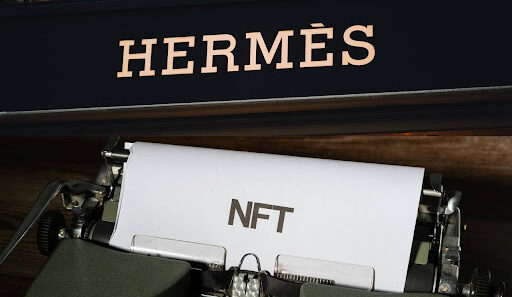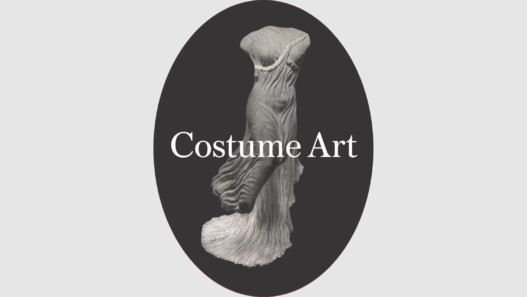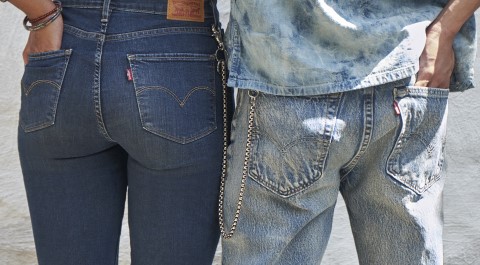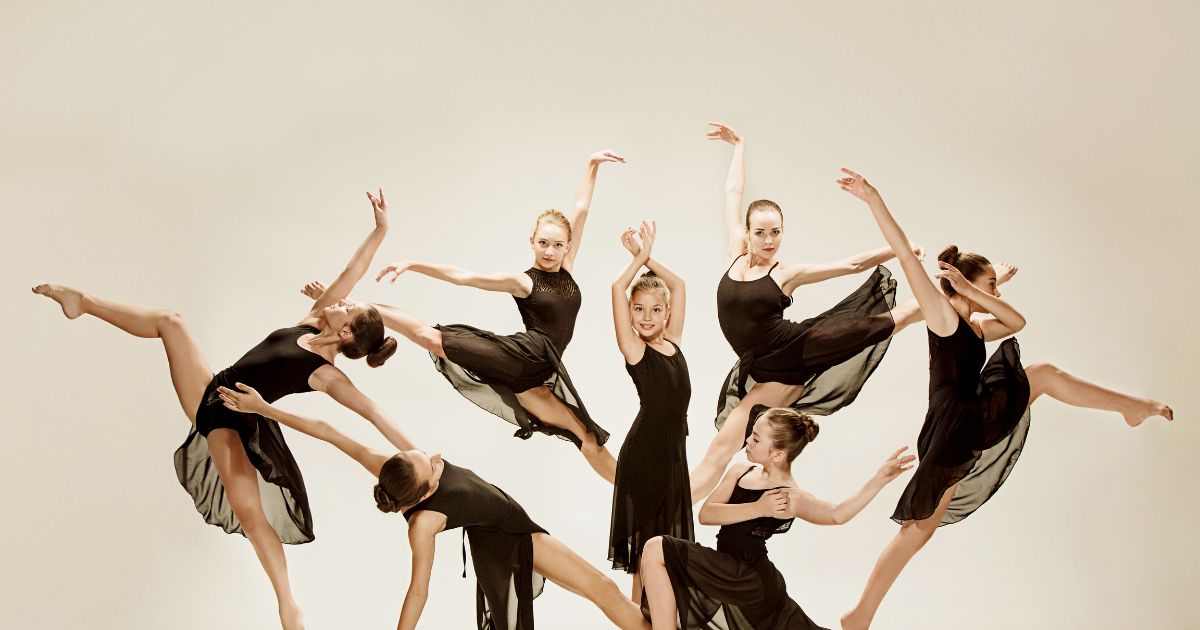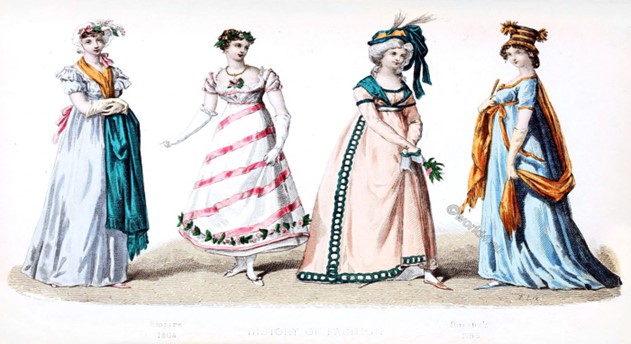Denim is not just a piece of clothing or fabric of requirement; it is a symbol of western capitalism and an epitome of cultural revolution. It is considered the epitome of freedom as it used to be smuggled to communist nations before globalization began and the Berlin Wall fell. Known for indigo-dyed classic jeans with pocket and sturdy riveting, Denim is one of the fabrics designed workwear that has become a symbol for fashion and an integral part of popular culture. There have been several transformations that have witnessed the iconic style leaving an unforgettable imprint on society. Since its origin, it has become a global staple and has boundaries with self-expression. In the article we will explore the glorious moments of denim.
Denim has traced back its way from 18th century when it was first produced in Nimes, France. Firstly, it was known as “serge de Nimes,” then it was changed to “Denim.” Due to its ruggedness, it was used for durable workwear for miners and laborers but soon denim earned its popularity because of durability and resistance to wear and tear. Later denim was brought to America by Bavarian immigrant Levi Strauss who in partnership with Jacob Davis, created first pair of blue jeans. This pair of blue jeans became an instant during the California Gold Rush as it hit among the laborers. This innovation laid down the foundation of modern denim into the world. In the 1950s denim made an entry into the popular culture in Hollywood.

It was romanticized when John Wayne and Gary Cooper had put it as handsome cowboy type plays. This image of jeans became glamorous when actress such as Ginger Rogers and Carole Lombard wore these jeans which convinced women that the style was for them too. Vogue in 1930s gave their approval to jeans by calling them western chic and in 1942, Claire McCardell an American designer had sold more than 75,000 of her denim “Popover” wrap dress. the Denim became a symbol for youth rebellion through rebel icon in “The Wild One” and “Rebel Without a Cause.” The image of denim was popularized by Marlon Brando and James Dean as teenage idol with huge sex appeal. Denim’s rugged appeal and anti-establishment symbolism made it an enduring fashion statement. As the popularity of denim enhanced the skin-tight, dark, expensive and hard to purchase, Fiorucci’s Buffalo 70 jeans were the other word for the faded bell-bottoms preferred by the younger crowd as they became a hit among the Studio 54 jet set. And later, denim went through different transformative shifts under Calvin Klein, Gloria Vanderbilt, and Jordache who recognized its potential and introduced designer jeans. The Calvin Klein campaign and Claudia Schiffer’s sultry ads for Guess helped give the blue jeans a new kind of seductive potential. This shift from workwear to fashion made it premium denim offering amazing fits with fashionable finish along with prominent branding that fascinated consumers worldwide.

Denim’s impact increased when it entered the Hollywood music industry, with punk rock and heavy metal embracing its versatility. It was customized with studs, patches and distressed elements thus solidifying its connection with self-expression and individuality. In the 90s and beyond denim transformed as a symbol of casual style which was an art of self-expression itself. Brands like Diesel and Guess now have contemporary trends of denim and have been customized with do-it-yourself as a Canva of unique washes and embellishments taking Center stage. Denim’s adaptability and enduring appeal allowed it to support its relevance in an ever-changing fashion landscape. In the early 2000s, it was seen that denim has influenced high fashion and brands such a Versace, Dolce & Gabbana, and Chanel, incorporated denim into their collections, challenging traditional notions of luxury. Premium denim now was denim on denim looks and intricate detailing which elevated its standards.
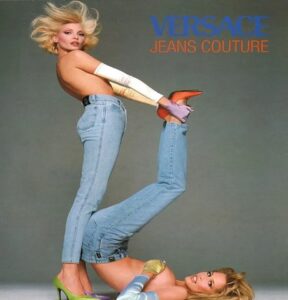
Over the decade denim jeans have become stratified amongst different subgroups such as hip-hop styles and oversized, low-slung baggy jeans. It also was transformed as dark denim just as a way back to its root style. In today’s world environment consciousness has had a profound impact on denim as it led to the rise of sustainable measures emphasizing organic cotton, water-saving technologies, and recycling programs. Irrespective of climatic conditions, cultural backdrops, and generations of style, denim has stood the test of time and shall continue to reign in all forms and manifestations.
Author: Anchit Bharti





